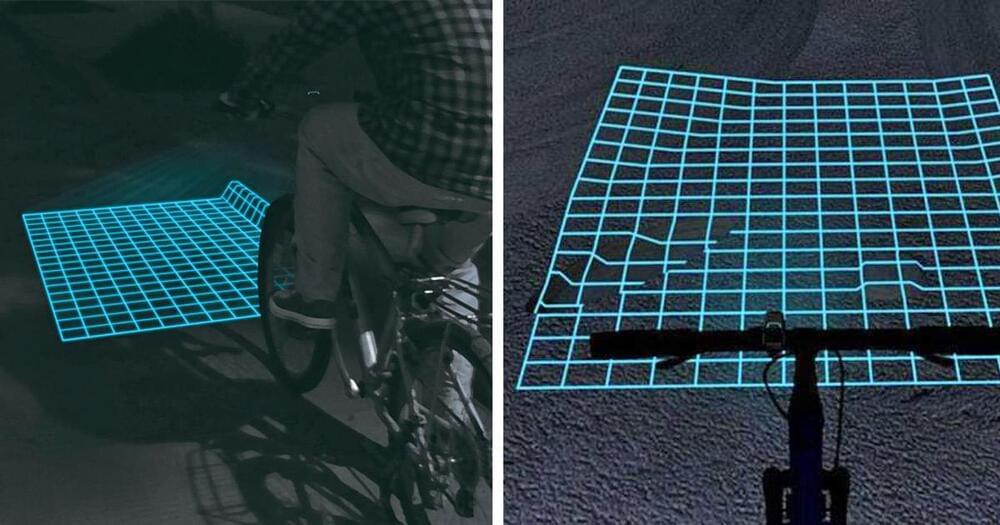Sep 17, 2023
New high speed DRUM technology puts $100,000 cameras at risk
Posted by Gemechu Taye in categories: electronics, mapping
“Our camera uses a completely new method to achieve high-speed imaging. It has an imaging speed and spatial resolution similar to commercial high-speed cameras but uses off-the-shelf components.”
Scientists from the Institut National De La Recherche Scientifique (INRS) in Canada, in collaboration with Concordia University and Meta Platforms Inc., unveiled a game-changing camera that could revolutionize high-speed imaging.
The diffraction-gated real-time ultrahigh-speed mapping (DRUM) camera, introduced in a recent paper published in Optica, is poised to democratize ultrafast imaging, making it accessible for a wide range of applications.

 Mapping molecular structure to odor perception is a key challenge in olfaction. Here, we use graph neural networks (GNN) to generate a Principal Odor Map (POM) that preserves perceptual relationships and enables odor quality prediction for novel odorants. The model is as reliable as a human in describing odor quality: on a prospective validation set of 400 novel odorants, the model-generated odor profile more closely matched the trained panel mean (n=15) than did the median panelist. Applying simple, interpretable, theoretically-rooted transformations, the POM outperformed chemoinformatic models on several other odor prediction tasks, indicating that the POM successfully encoded a generalized map of structure-odor relationships. This approach broadly enables odor prediction and paves the way toward digitizing odors.
Mapping molecular structure to odor perception is a key challenge in olfaction. Here, we use graph neural networks (GNN) to generate a Principal Odor Map (POM) that preserves perceptual relationships and enables odor quality prediction for novel odorants. The model is as reliable as a human in describing odor quality: on a prospective validation set of 400 novel odorants, the model-generated odor profile more closely matched the trained panel mean (n=15) than did the median panelist. Applying simple, interpretable, theoretically-rooted transformations, the POM outperformed chemoinformatic models on several other odor prediction tasks, indicating that the POM successfully encoded a generalized map of structure-odor relationships. This approach broadly enables odor prediction and paves the way toward digitizing odors.















